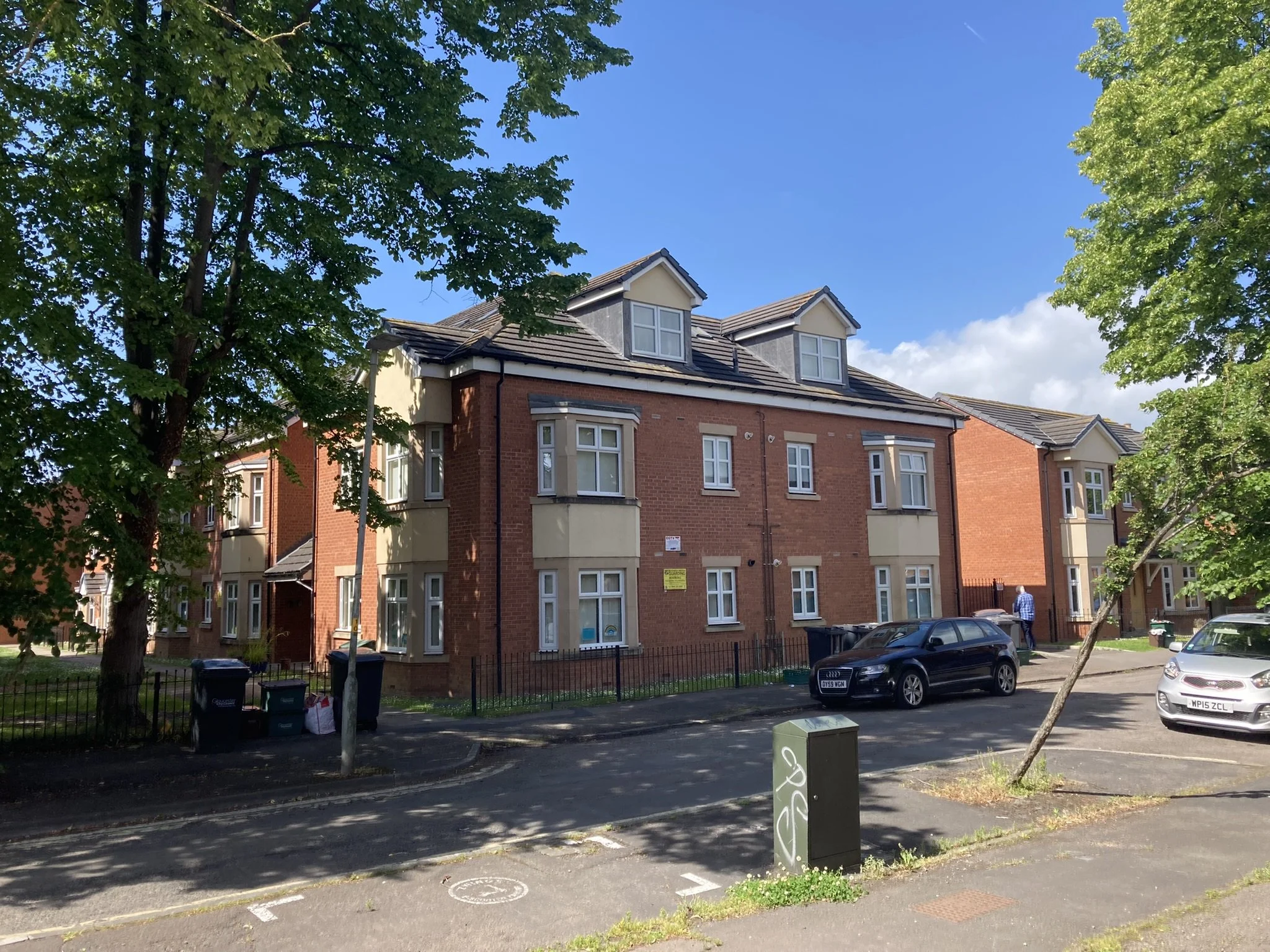St Stephen’s, Gloucester
The Story in Depth
The large old St Stephen’s vicarage was no longer required, and the empty building was becoming an eyesore. A chance conversation paved the way for a new partnership to provide social homes.
-
Starting point
St Stephen’s Vicarage on Frampton Road in Gloucester had been empty since 2009, when the vicar retired and the parishes of St Stephen’s and St Paul’s were combined. The 0.25 hectare site was beginning to attract fly-tipping and vandalism, and it presented a positive opportunity for change for the diocese and for the community in Gloucester, a city with a high need for affordable housing.
-
The plan
Housing Justice’s Faith in Affordable Housing initiative worked to bring together the key stakeholders to deliver a scheme for mixed affordable housing. These were the diocese of Gloucester, Gloucester City Council, and Rooftop Housing Group.
The scheme would include nine 1-bedroom flats for young homeless people, one 3-bedroom home for move-on accommodation, two 3-bedroom affordable rented family homes, two 1-bedroom shared ownership homes, and a new smaller vicarage on a portion of the site retained by the diocese.
-
The journey
The project began when the diocesan secretary for Gloucester, Ben Preece Smith, heard about the Faith in Affordable Housing initiative at a conference. He got in touch with Housing Justice and began to explore what could be done with the old vicarage site.
Faith in Affordable Housing’s project lead, Tracey Bessant, played a key role in getting the project off the ground. She worked with Gloucester diocese staff to explain the process of creating more affordable housing on the former vicarage site. She then researched all the possible Housing Association partners to see which would be most appropriate to work with the diocese, and made the links with Rooftop Housing Group.
The diocese was able to show the benefits the scheme would have for the community and was therefore able to agree a scheme with Rooftop that valued the land at below market value. Housing Justice was able to persuade the Charity Commission to permit this disposal of the site at below market value, on account of the benefits the scheme would deliver to the local community through supported and affordable housing.
In January 2012, a lease for 125 years for the main part of the site was agreed, which allowed Rooftop to take forward a scheme for mixed affordable housing.
Full planning permission was secured in February 2013. Rooftop appointed a local SME builder, Markey Construction, to demolish the old vicarage and build the houses. They included an opportunity for one local young person to work in a three-year apprenticeship with Markey Construction and Gloucestershire College; this apprenticeship was taken up by one of the young people under the support and care arm of Rooftop.
The development was completed in 2014; the flats providing supported housing for young people were occupied early that year, and the houses and vicarage completed later in 2014.
One aspect which was especially attractive to the diocese was that the supported living flats are for young care leavers. They are helped to acquire life skills such as managing their finances and paying bills – which is meeting an important social need in this part of Gloucester.
(continued below image gallery)
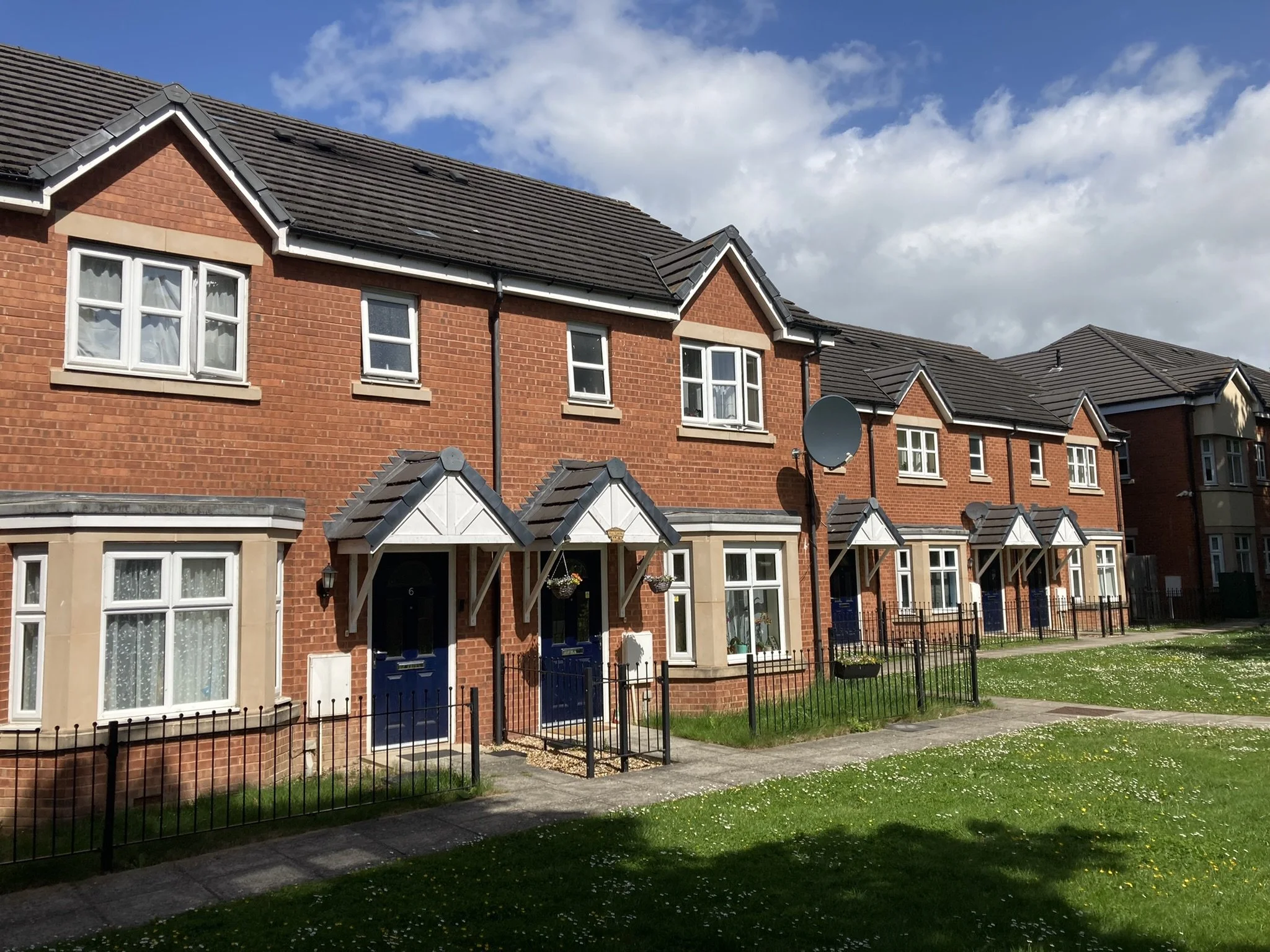
Family houses
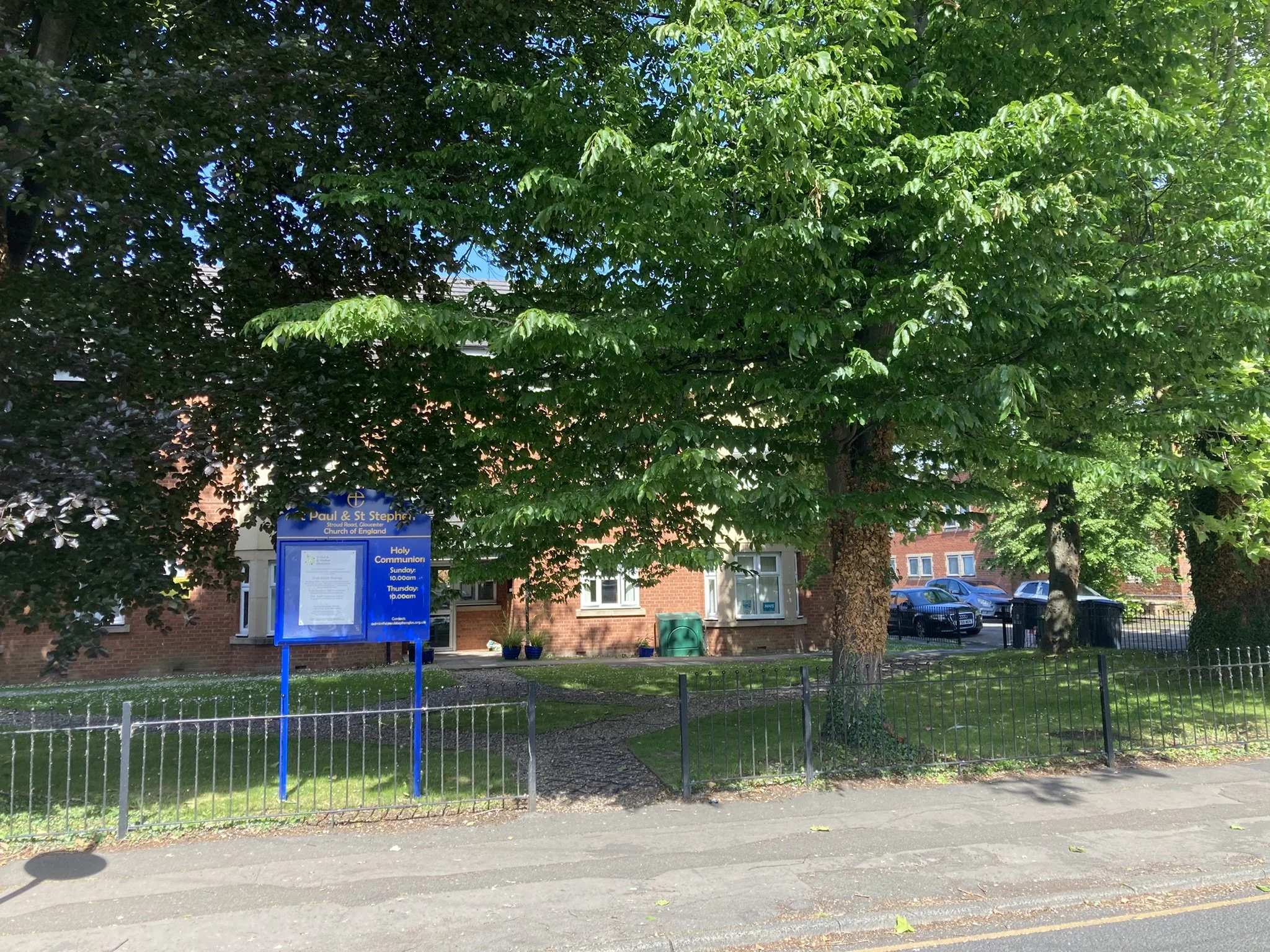
Public green space created
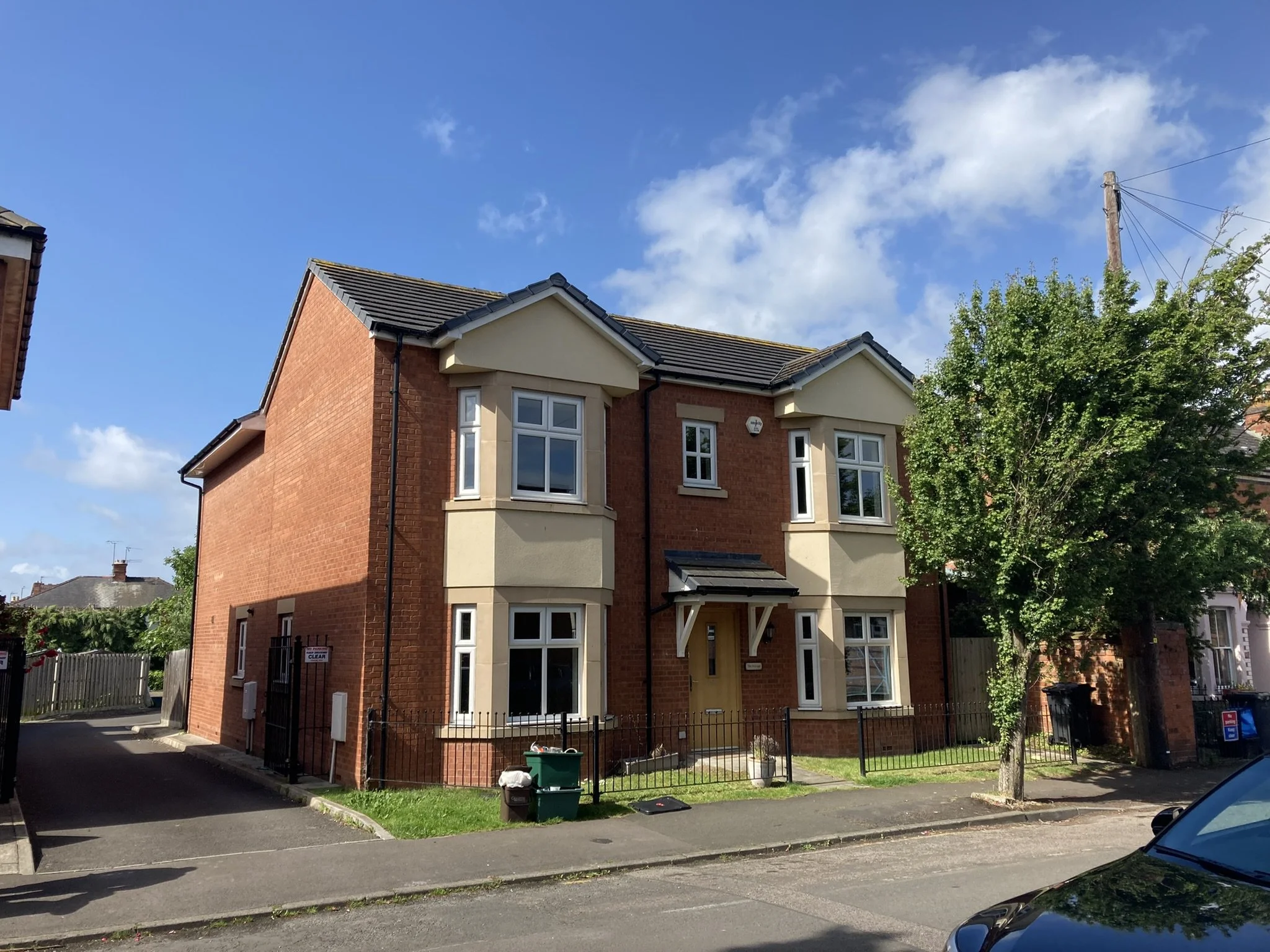
New vicarage
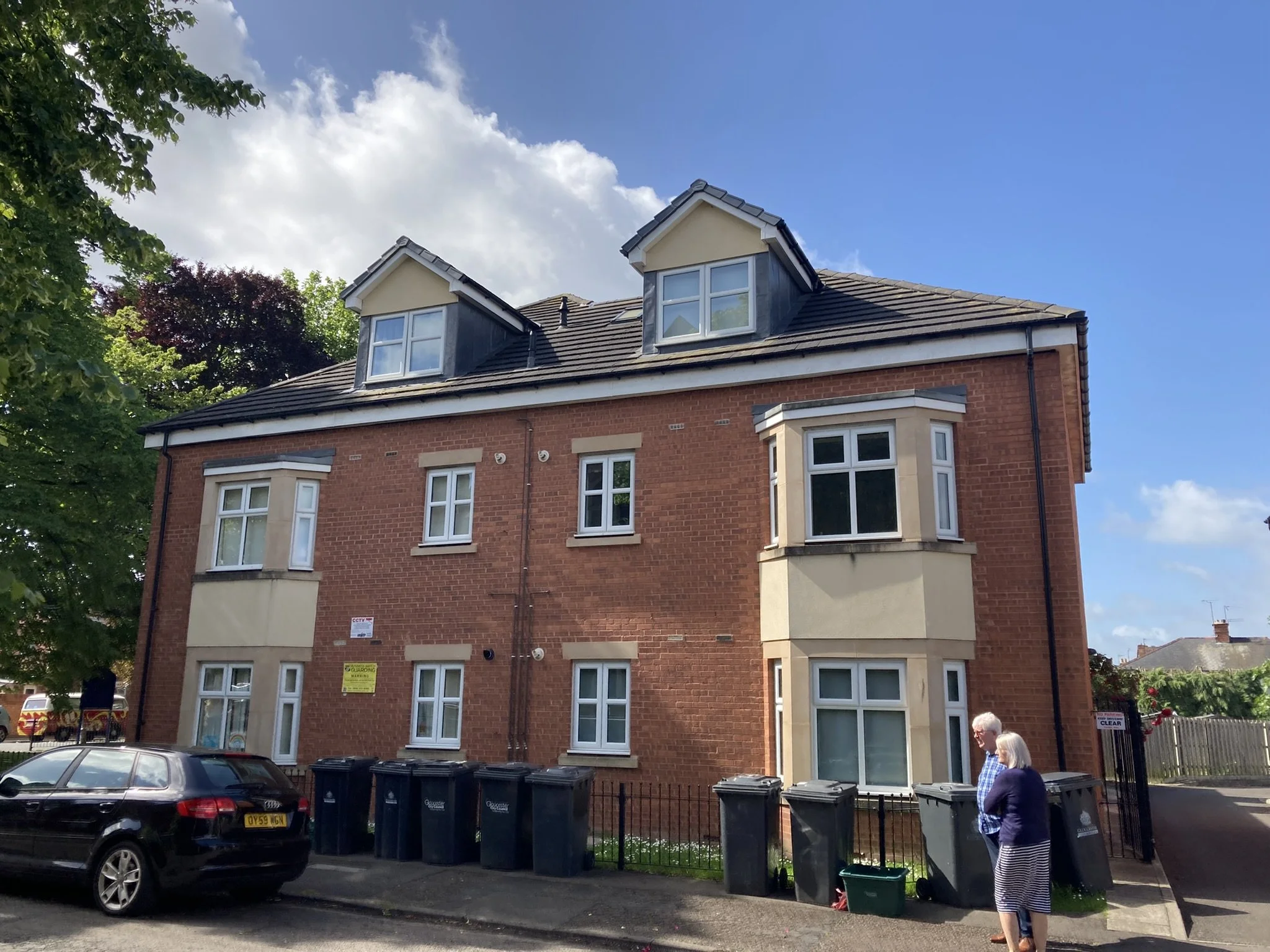
One bed flats for care leavers
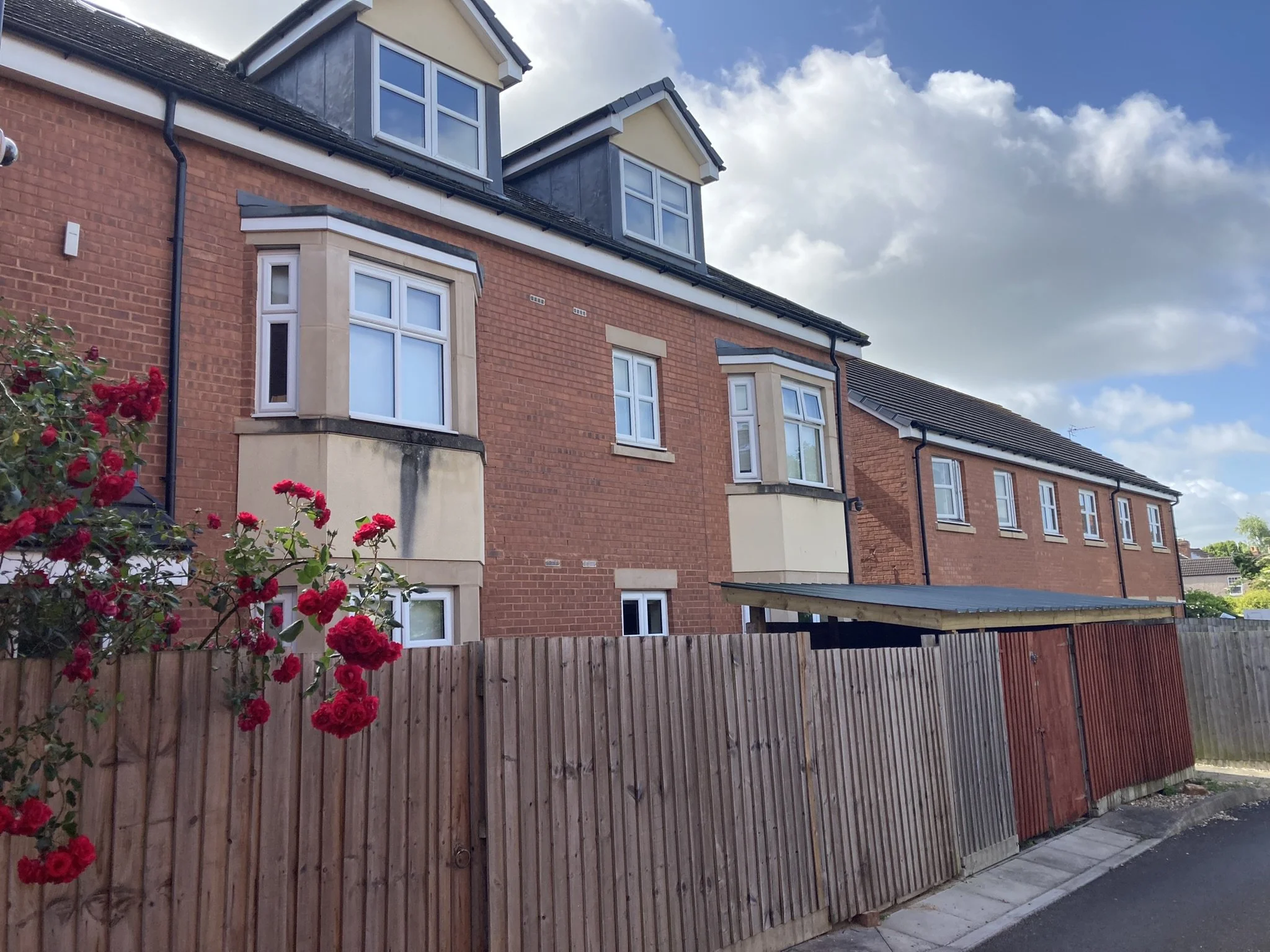
Rear of one bed flats and family housing
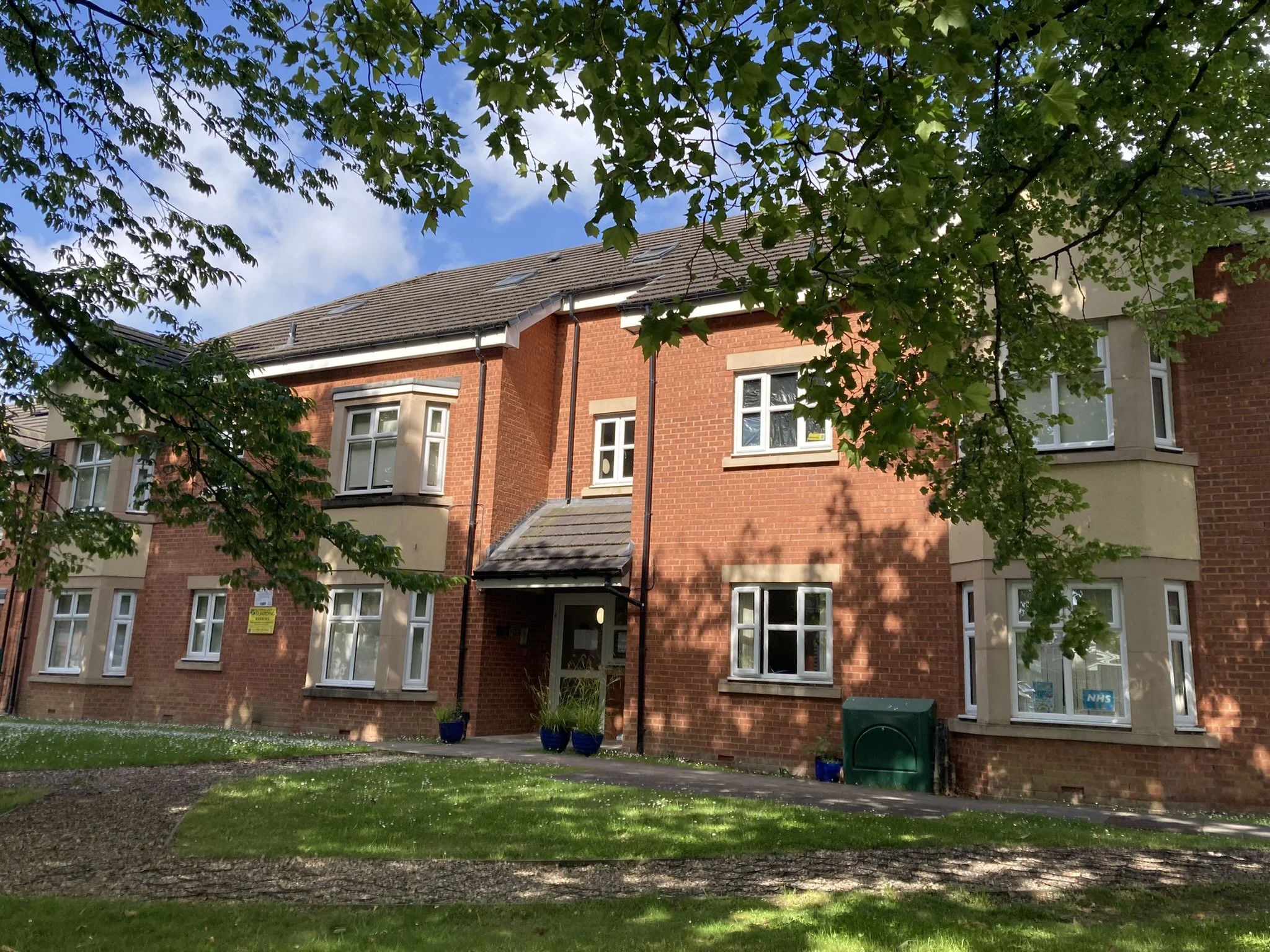
One bed flats from Seymour Road

Mural inside the supported housing building

Original plot
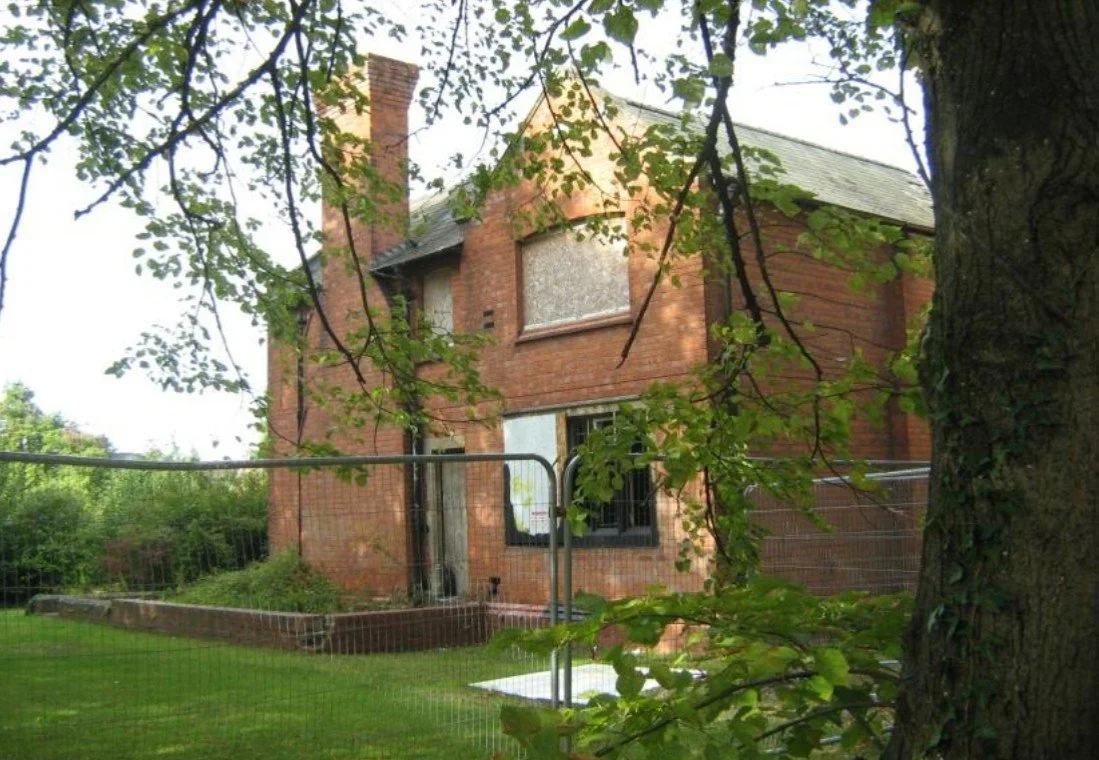
Former vicarage
-
Resources
- Rooftop paid the diocese £75,000 up front for the lease and the deal included funding the construction of a new vicarage on a small part of the site which the diocese retained.
- The project required £1.7m to complete; Gloucester City Council contributed £300,000 toward the costs of delivering the affordable housing
- A grant of £165,000 was made by the government’s Homes and Community Agency (now Homes England)
-
Keys to success and biggest challenges
- The vision and commitment of Tracey Bessant from Housing Justice to building partnerships was a key driver of the project’s success
- An experienced and committed local housing association – Rooftop Housing Group – were also instrumental in the delivery of the scheme
- The Charity Commission accepted the rationale for disposing of the land to Rooftops at below market price
- There were a few challenges at the planning stage – to overcome local objections, the houses were set back around 15m from the main road, which enabled some mature trees to be retained in an area that was then opened up to the public. This created a small new green space which added amenity value to the immediate neighbourhood.
- Once planning permission had been obtained, the professionalism of both developer and constructor ensured relationships with the neighbours were well managed.
-
Final outcomes
- Nine care leavers were provided with a place to live, along with three family homes at social rent and two shared ownership homes.
- The diocese has gained a brand new vicarage which is more suitable and affordable to heat and maintain.
- The diocese also has gained a modest income from the rent of the land to Rooftop Housing Group, which is used to support ministry in the diocese.
-
Credits
Photo credits: Jonathan Tame
This case study is based on two earlier ones published by Housing Justice and the Centre for Theology and Community


